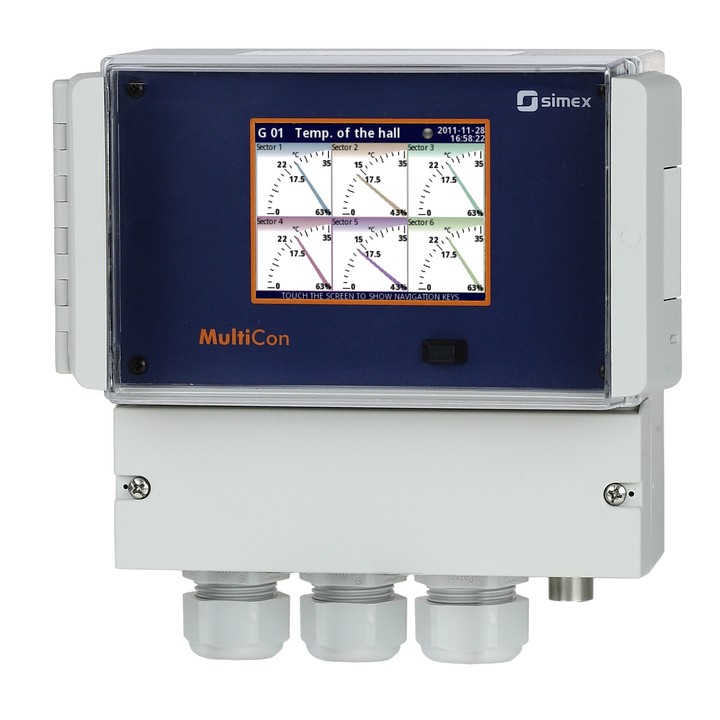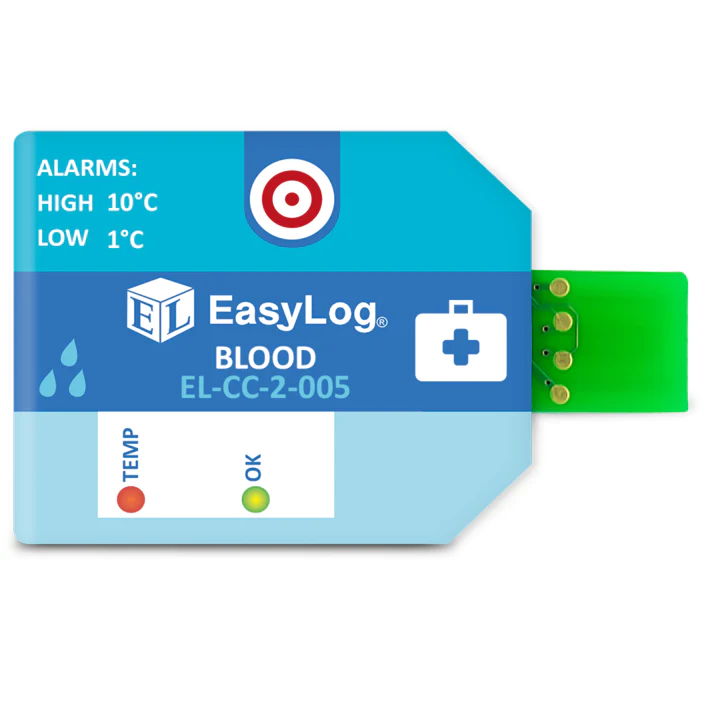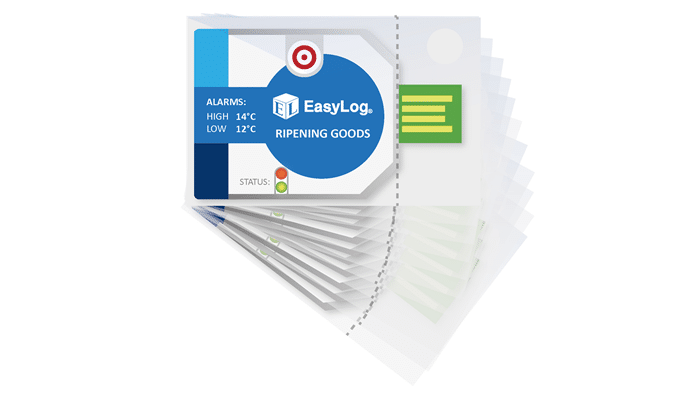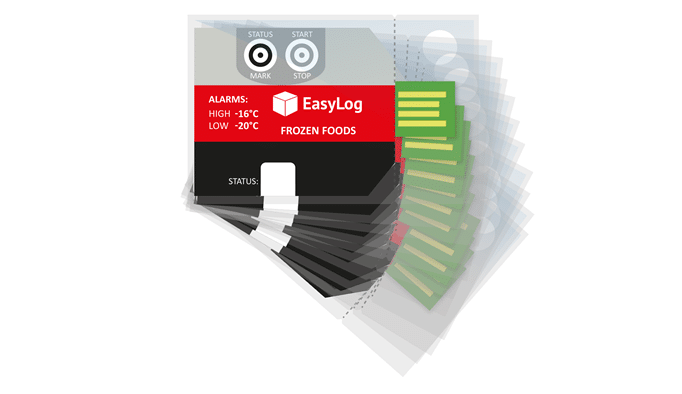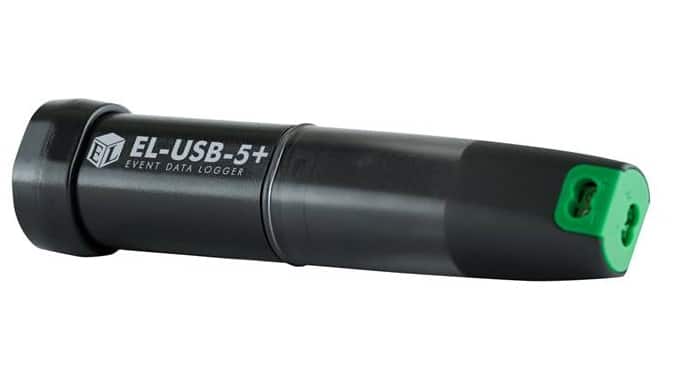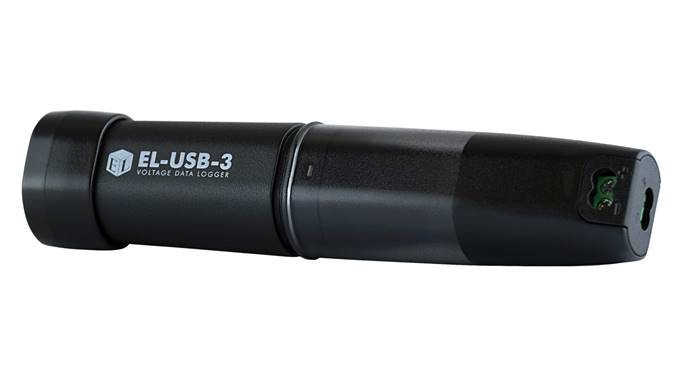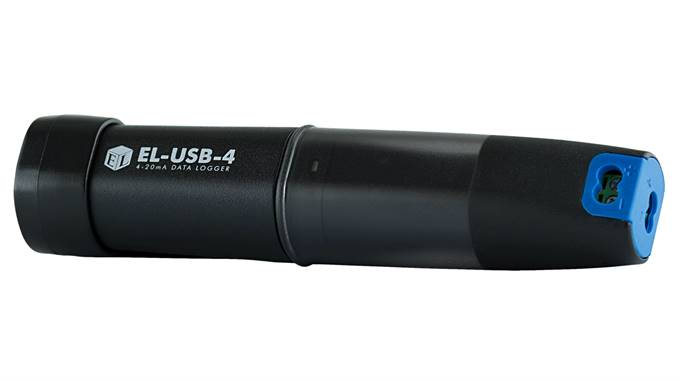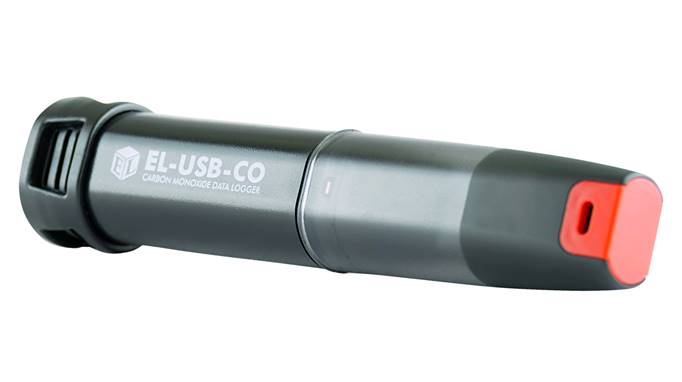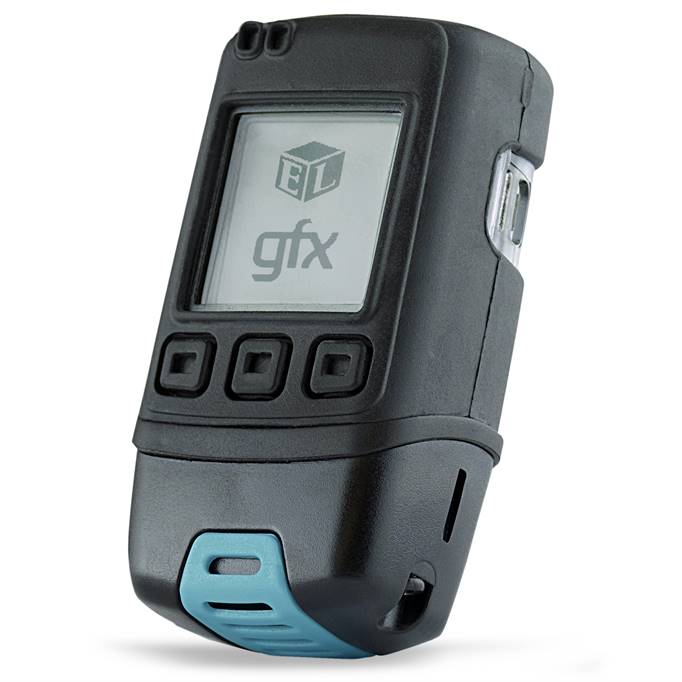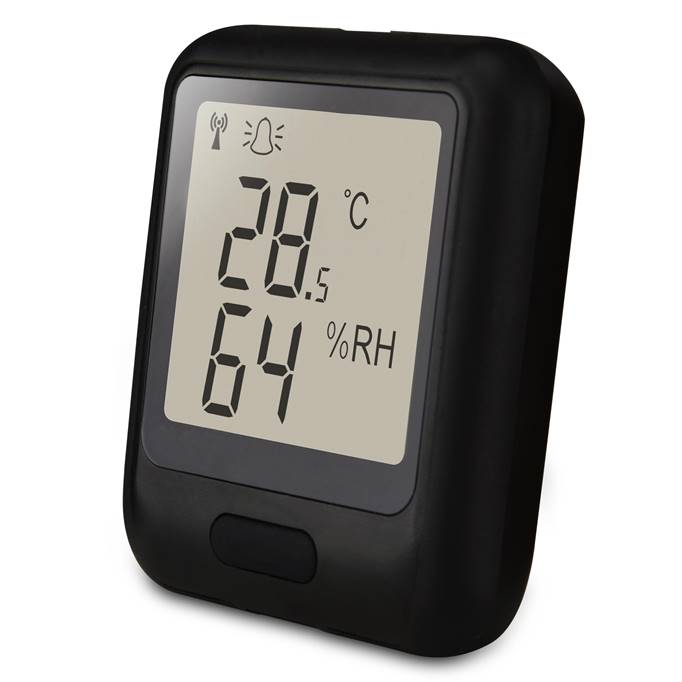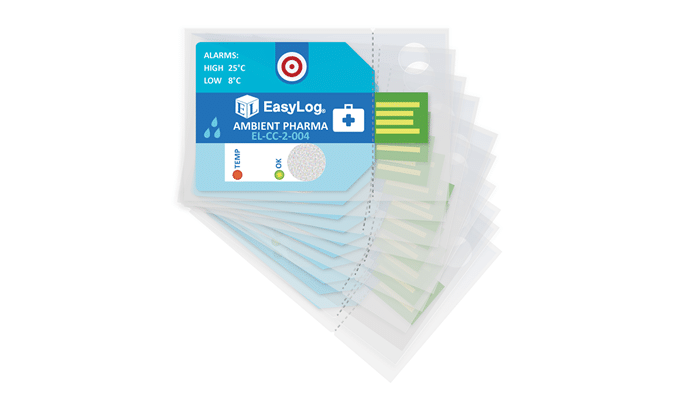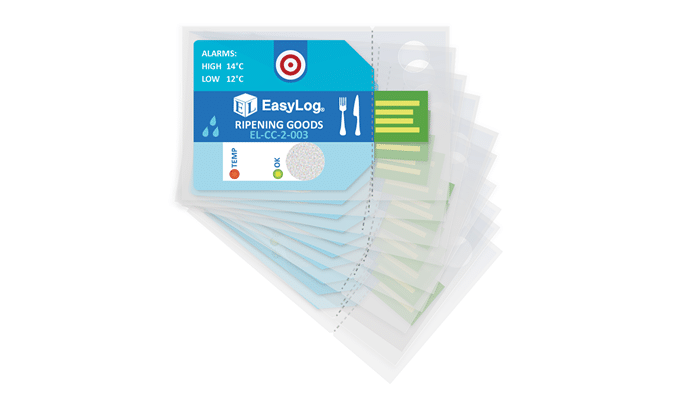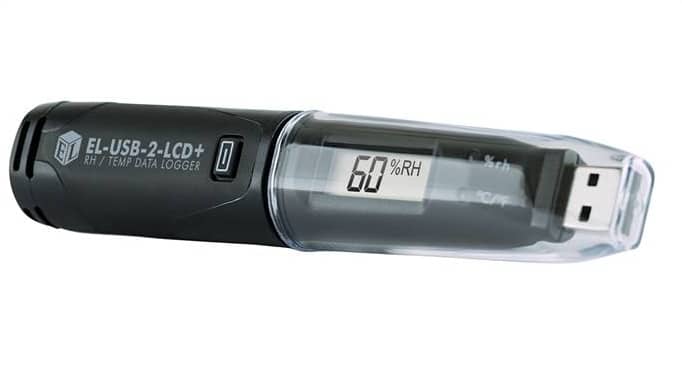Process Parameters offer simple to use, versatile and cost-effective USB data loggers for measuring and storing temperature, humidity, carbon monoxide, voltage and current for a wide range of data logging applications.
Track the storage temperature of vaccines so they’re at their most effective when given to patients. Ensure an optimum temperature and humidity environment for priceless exhibits. You can also check the efficiency of heating and cooling systems within a warehouse, office space and monitor indoor air quality at home or in the office.
Read our ultimate guide to USB data loggers for more information. If you have any questions, or would like a quote for any of our data loggers, get in touch with our specialists.
What are Data Loggers?
Data loggers, also known as data recorders or data acquisition systems, are electronic devices used to collect and store data over time. They are widely used in various industries and applications to monitor and record information such as temperature, humidity, pressure, voltage, current, and other environmental or process variables.
Data loggers are equipped with sensors or input channels to measure and capture data from the physical world. The recorded data is typically stored in internal memory or external storage media, such as SD cards or USB drives, depending on the device. Some advanced data loggers can also transmit data wirelessly to a computer or server for real-time monitoring and analysis.
These devices are designed to operate in a standalone mode, requiring minimal or no human intervention once they are configured and deployed. They can be programmed to sample and record data at regular intervals or triggered by specific events. The recorded data can later be retrieved and analysed using software tools, enabling users to gain insights, identify patterns, and make informed decisions based on the collected information.
Data loggers find applications in various fields, including environmental monitoring, industrial process control, scientific research, transportation, energy management, agriculture, and more. They provide a cost-effective and convenient solution for long-term data collection and analysis, enabling professionals to monitor and evaluate system performance, troubleshoot issues, and ensure compliance with regulatory standards.
Read more in our guide: What is a data logger?
What are Temperature Data Loggers?
Temperature data loggers are devices that record and store temperature information over time. They are used to monitor and track temperature fluctuations in environments such as warehouses, laboratories, and transportation. The data collected helps ensure proper temperature control and quality assurance for sensitive products and processes.
What are Voltage Data Loggers?
Voltage data loggers are devices used to record and log voltage readings over time. They are commonly used to monitor and track voltage variations in electrical systems and equipment for analysis and troubleshooting purposes.
What are Current Data Loggers?
Current data loggers are devices used to record and log electrical current measurements over time. They are commonly used to monitor and analyse current variations in electrical systems and equipment for various applications.
What is Wireless Data Logger?
A wireless data logger is a device used to record and monitor various types of data, such as temperature, humidity, pressure, voltage, current, and more, in real-time or at specific intervals.
This device is designed to gather information from its environment and store it for later analysis or retrieval. What sets a wireless data logger apart is its ability to transmit data over wireless communication protocols, eliminating the need for physical connections such as cables.
What are the Key Features of a Data Logger?
Data logger temperature monitoring typically offers several key features that make them effective for data collection and monitoring. Some of the key features of data loggers include:
- Sensor Inputs: Data loggers are equipped with sensor inputs that allow them to connect and capture data from various types of sensors, such as temperature, humidity, pressure, voltage, or current sensors. These inputs enable the logger to measure and record specific environmental or process variables.
- Memory Capacity: Data loggers have internal memory or external storage options to store the recorded data. The memory capacity determines how much data can be stored before the need for data retrieval or offloading to another device or storage medium.
- Sampling Rate: The sampling rate refers to the frequency at which the data logger takes measurements. It determines how often the logger records data points and influences the level of detail and accuracy of the recorded information. Different loggers offer various sampling rate options to suit different monitoring requirements.
- Battery Life: Data loggers are often powered by batteries, and the battery life is an important consideration. A longer battery life allows the logger to operate for an extended period without requiring frequent battery changes or recharging, ensuring uninterrupted data collection.
- Data Retrieval and Analysis: Data loggers offer various methods for data retrieval, such as USB connections, wireless communication, or memory card access. They also provide software tools or compatibility with data analysis software to facilitate data analysis, visualization, and interpretation.
- Durability and Environmental Resistance: Depending on the application, data loggers may need to withstand harsh environmental conditions such as extreme temperatures, humidity, or vibrations. Robust construction and environmental resistance ensure that the logger can operate reliably in challenging environments.
- Alarms and Alerts: Some data loggers feature built-in alarms or alert systems to notify users when certain conditions or thresholds are met or exceeded. These alarms can be visual, audible, or transmitted remotely to alert users of potential issues or deviations from desired parameters.
- Compact Size and Portability: Data loggers come in various sizes, from small, handheld devices to compact units that can be mounted or installed in specific locations. Portability allows for easy deployment and flexibility in monitoring different areas or moving the logger between sites.
These features may vary depending on the specific model and intended application of the data logger.
Temperature, Humidity, Carbon Monoxide & Voltage USB Data Loggers
Cold Chain Logistics
Cold Chain Logistics
Cold Chain Logistics
Event, Count & State
Event, Count & State
Temperature, Humidity, Carbon Monoxide & Voltage USB Data Loggers
Temperature, Humidity, Carbon Monoxide & Voltage USB Data Loggers
Carbon Monoxide
Carbon Monoxide
Temperature & Humidity
Temperature & Humidity
Temperature & Humidity
High Accuracy Temperature & Humidity WiFi Data Logger EL-WIFI-TH+
Temperature & Humidity
Cold Chain Logistics
Single Use Ambient Pharma Temperature Humidity Logger with Alarms EL-CC-2-004
Cold Chain Logistics
Cold Chain Logistics
Single Use Chilled Goods Temperature Humidity Logger with Alarms EL-CC-2-001
Temperature & Humidity
High Accuracy Temperature & Humidity USB Data Logger EL-USB-2-LCD+

